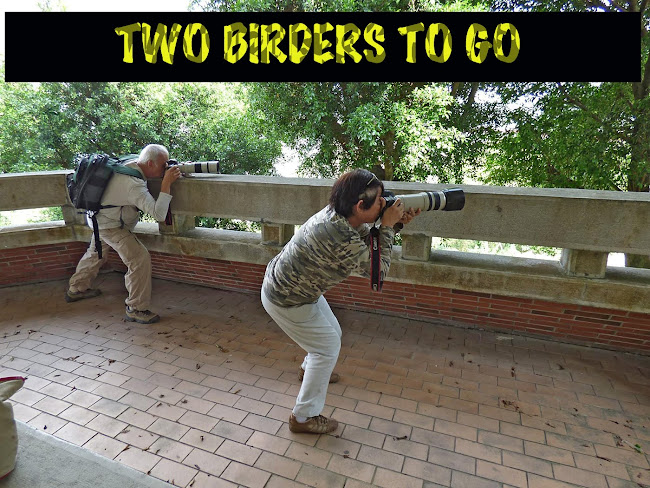And so Cynthia and I decided to take a break. We headed to the parking lot. While we were enjoying some crackers and soda sitting at the tailgate of our Jeep, a Greater Roadrunner came dashing in front of us carrying a huge gecko in its beak. Before reaching its destination at the other side of the parking area, it was spooked by a young couple who had alighted from their car. In panic, the poor roadrunner dropped the gecko and scampered for cover back from where it originally came. This happened so fast that I didn't have time to react and just stood there open-mouthed watching this sight unfold before our very eyes.
As we resumed our snack, I told my wife that the roadrunner will return for its food. I mean this is one huge gecko and definitely worth coming back for. I pointed my lens at the gecko and waited. Sure enough, about ten minutes later, when the bird determined that the coast was clear, it shot out of the bushes, braked in front of the gecko, gave us a quick look, decided we were harmless, picked up the gecko and sped to the other side of the parking lot. Thankfully, I was able to get three (ok, two-and-a-half) shots before the roadrunner beep-beeped away into oblivion.


(the feet were not even touching the ground!)

Just like the speedy bird, we then continued with our meal in complete satisfaction.
For more great bird photography, please see:











































